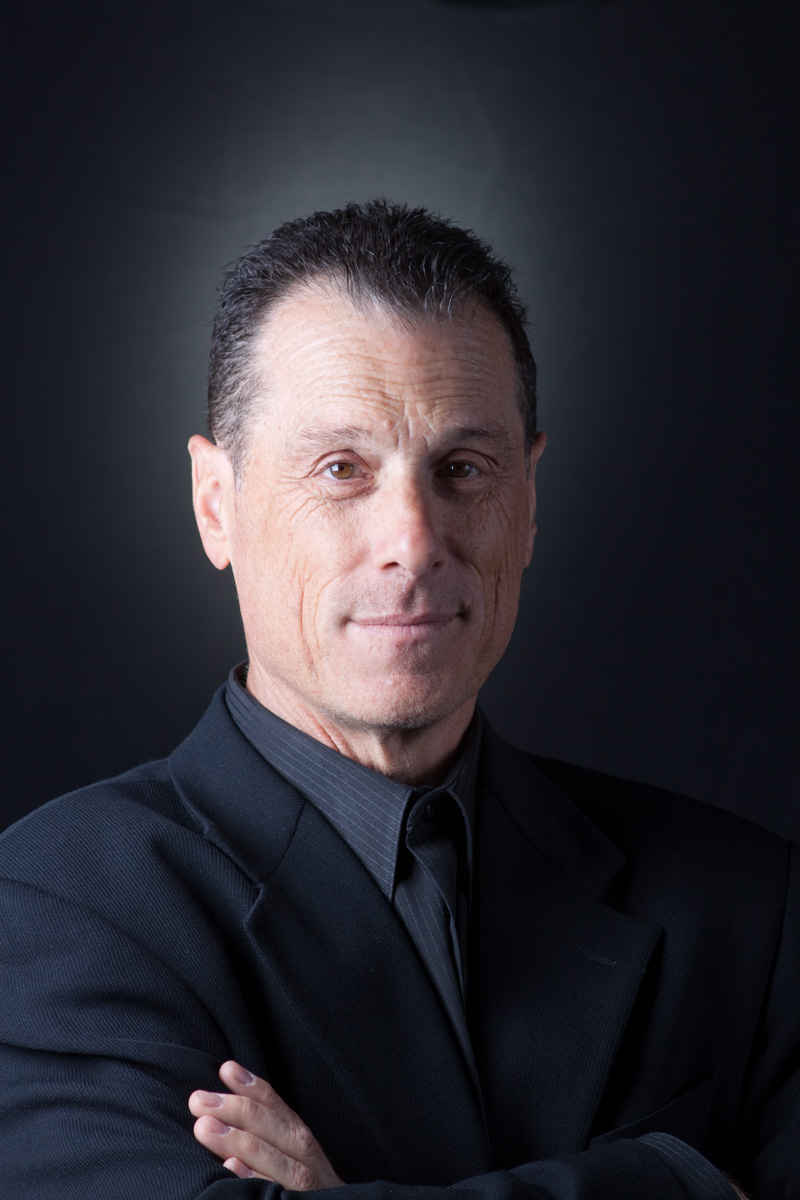 Quite regularly I walk by a small printed sign on a door in the art building. It may be on the woodshop door or another studio, but I remember the text of the sign quite distinctly:
Quite regularly I walk by a small printed sign on a door in the art building. It may be on the woodshop door or another studio, but I remember the text of the sign quite distinctly:
Go forward with curiosity not expectations.
Artists and creatives tend to post reminders of such things around their work area so as (I think) to remind ourselves to stay engaged. That other creatives and artists often encounter the same crushing periods of doubt that we do, and periods in which we question the very necessity of what we are attempting to communicate to the world.
My first such memory of a small printed mantra was back in a clay shop I worked in at my local junior college in my early 20’s. Above the table where we wedged clay was a taped-up paper with the following hand-written quote:
The artist makes the object, however, the viewer completes the work of art
I know subsequently that this is an idea shared by a number of people associated with the DADA movement, however, in my memory, it was attributed to Marcel Duchamp. What he actually said is a bit different:
All in all, the creative act is not performed by the artist alone; the spectator brings the work in contact with the external world by deciphering and interpreting its inner qualifications and thus adds his contribution to the creative act.
Nonetheless, such mantras or, to be less generous, platitudes, serve a distinct purpose in that they connect us to a history of people like us, girded against failure, against irrelevance and always moving toward the realization of an idea that we simply cannot let go of. The desire to illustrate, for the world, that ineffable thing that only we (or me, or you) can see in our mind’s eye, begins for many of us as children. The sense of play and unbridled enthusiasm that we encounter in our earliest years, the kind of creativity that precedes criticism, leads to a particular sort of embodied knowledge. We begin to know the world through our senses and through what the philosopher Merlou-Ponty calls “a sensory field.” His concept of a sensory field implies that we experience the world spatially, and that all sensory objects must occupy space. While we do not recognize all of the objects in a sensory space, we do come to know those that we have direct embodied contact with. In other words, those that we bump into impress themselves on our sense of self, and shape our perception of the world as well.
I find that I know the world and, in a sense, the world comes to know me through those encounters with works of art or music or culture in general that feel at once both random and part of some larger cosmology. Sentences taped to a door or random observances of quotes by poets or thinkers are stuck in my mind and function like navigational points of reference or survey markers for my sense of the world and my place in it.
When I let go of what I am, I become what I might be.
-Lao Tzu
I recall reading Lao Tzu’s writings at some time when it was in vogue to do so. This quote resonates with a number of such quotes that attempt to explain how we shape our self-image and by extension, how our self-image shapes us. As artists, we constantly reinvent our self through the objects we make and share with the world. Lao Tzu ask us to consider how detaching from the sense of self that comes with the familiarity of our own creation actually frees us up to expand our creative practices. Such aphorisms, in the aggregate, can shape our worldview and even detach from their original context, offering a moment of respite or even enlightenment. They can unlock us to move on from some fixed point, reinforce something we knew all along or shake us up in often profound ways.
One such collection of simple statements of possibility is 10 Rules For Teachers and Students, alternately attributed to both John Cage and Sister Corita Kent. I particularly remember rule 8:
Consider everything an experiment.
Douglas Rosenberg
Chair, UW-Madison Art Department
